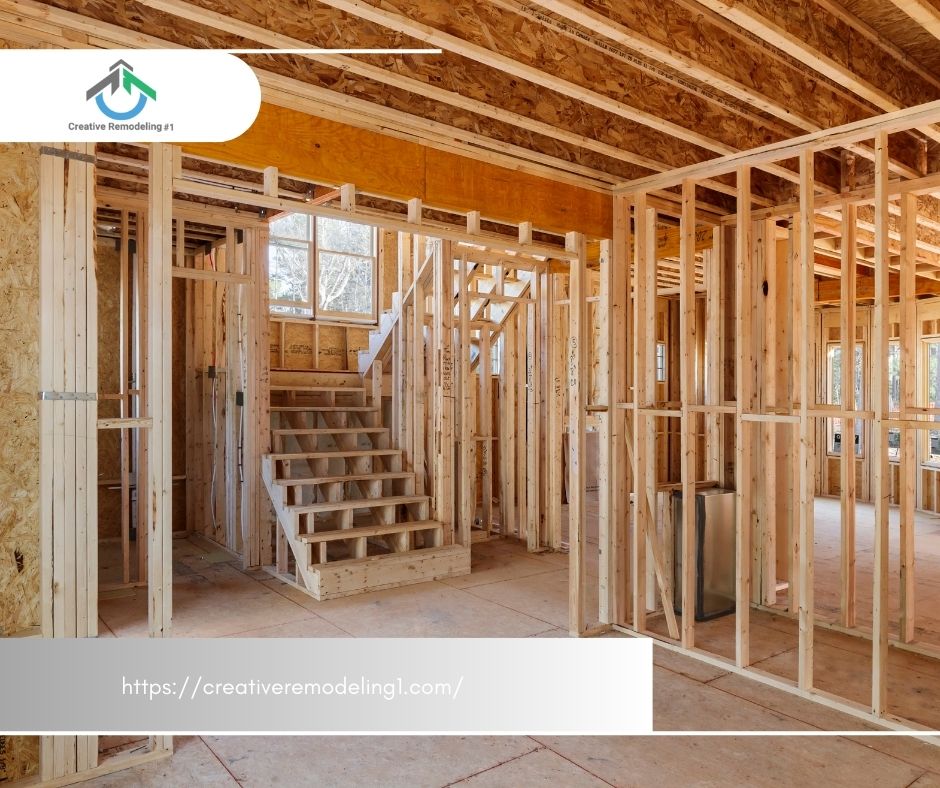In the realm of home improvement, successful home remodeling planning is not solely contingent upon aesthetic choices and desired amenities; it also hinges on astute financial management and cost-efficiency.
The prospect of home remodeling often elicits a blend of excitement and apprehension, largely due to financial considerations. However, with strategic planning, it is entirely possible to execute a successful home remodel without straining your budget.
By employing cost-effective strategies such as judicious budgeting, selecting affordable yet high-quality materials, and optimizing the value of your investment, you can transform your living space without causing undue financial stress.
We shall examine each of these strategies in detail, offering you insights into how you can maximize your budget and achieve your remodeling objectives in a financially sustainable manner.
Smart Budgeting for Your Remodel
The majority of successful home remodeling projects hinge on intelligent budgeting, ensuring that every dollar is allocated wisely to maximize the value and potential of your home. Navigating through this financial maze requires a keen understanding of the project’s scope, the associated costs, and a realistic expectation of the final outcome.
Through meticulous planning and disciplined spending, homeowners can avoid unnecessary expenditure and the stress of cost overruns. A well-formulated budget should include a contingency plan for unforeseen expenses, providing a safety cushion without compromising the project’s quality. Additionally, prioritizing improvements that offer a high return on investment can result in long-term savings.
Maximizing Value With Affordable Materials
Optimizing your home remodeling budget often involves a careful selection of affordable materials that do not compromise on quality or aesthetics. To achieve this, consider using reclaimed or recycled materials which can offer unique, high-quality options at a lower cost.
Also, consider the use of alternative materials that mimic the look of more expensive ones – like laminate that looks like hardwood, or quartz that resembles marble.
Buying in bulk can also lead to cost savings, especially for larger projects.
Additionally, it is advised to shop around, comparing prices from different suppliers. Lastly, consider the longevity and maintenance cost of your chosen materials. Sometimes, investing in more durable materials may prove more cost-effective in the long run.
The Homeowner’s Guide to Budgeting for a Complete Home Remodeling

